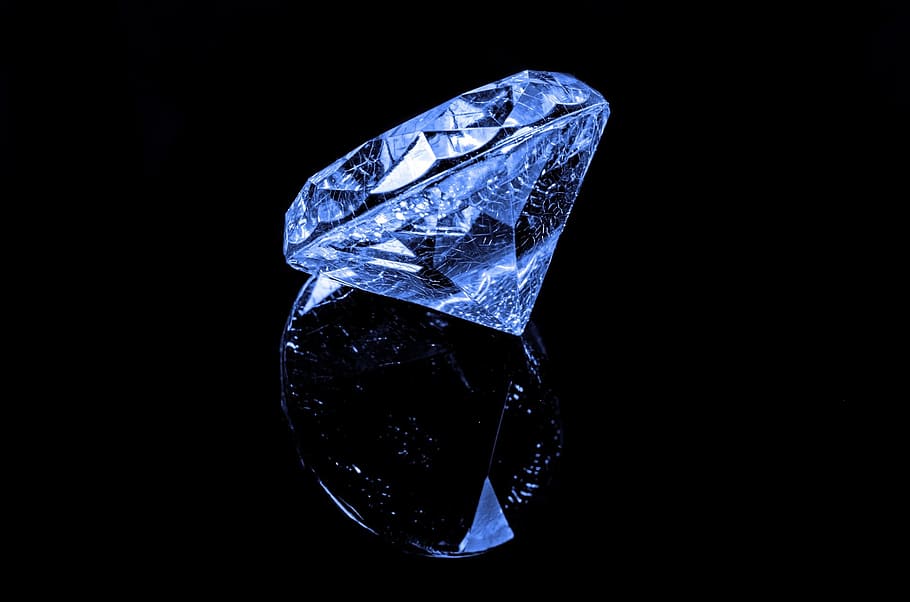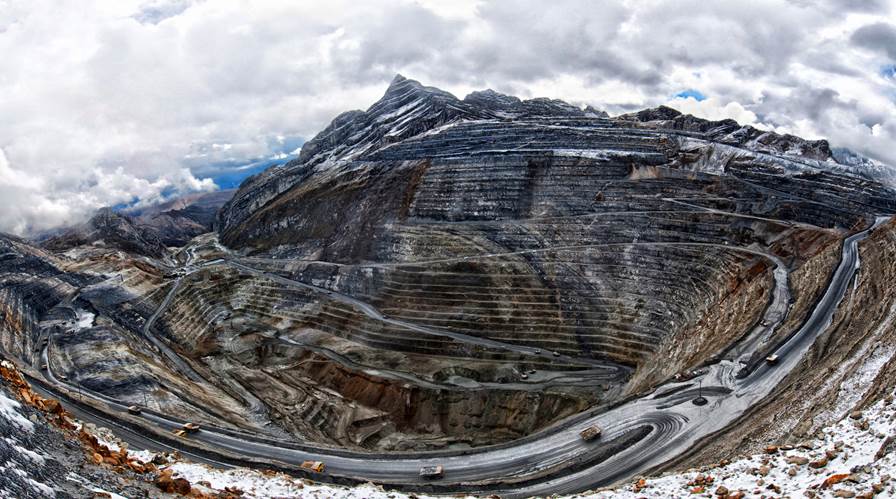Japan appears poised to join the laboratory-made diamond party

Lab-grown diamonds are starting to catch on in Japan as more people embrace the idea of buying gems that are physically and chemically indistinguishable from natural diamonds.
Sold for around half the price of a similar natural gem, diamonds grown in labs are made inside a microwave chamber, superheated into a glowing plasma ball that crystallizes over weeks. Because of their quality and clarity, consumers are starting to pay more attention to the gems as an alternative to naturally mined diamonds.
Production of lab-grown diamonds reached 6 to 7 million carats in 2020, with most of the sales coming from the U.S., according to a report by Bain & Co. That figure could potentially triple by the end of the decade as demand climbs, particularly in China and other markets.
“I doubt we even have 1% share of the market here because of the little supply and lack of resale market,” said Shigeyuki Ishida, representative director of Japan Grown Diamond Association. “It will grow from here.”
Mayumi Kawamura, who sells lab-grown diamonds online, is betting that Japanese consumers can be a driving force in lab-grown diamond sales, as they seek an economic, environmental and ethical alternative to natural stones, which have long been associated with conflicts in Africa and the massive environmental footprint of modern mining.
“Diamonds aren’t just a once-in-a-lifetime thing,” said Kawamura, who used to sell credit products at Goldman Sachs Group Inc. “I want women to wear gorgeous jewelry in their daily lives.”
Instagram is Kawamura’s platform of choice. Not only does she promote necklaces, earrings and bracelets studded with lab-grown diamonds, she also sells directly over the photo-sharing platform, texting customers to sell items that can cost as much as 7.75 million yen ($70,400).
“When I first heard about lab-grown diamonds, I personally thought it would be better to buy natural diamonds; I was skeptical,” said Hiromi Takahashi, 36, one of Kawamura’s 2,800 customers. “Then I did some research and watched Mayumi-san’s Instagram live and learned about the current situation and history of conflict diamonds and the sustainable aspect.”
De Beers has already embraced lab-made diamonds as part of its future. The unit of Anglo American Plc announced three years ago that it will start selling man-made diamond jewelry at a fraction of the price of mined gems. That was a significant shift for the world’s biggest diamond miner, which vowed for years that it wouldn’t sell stones created in laboratories. Several others jewelers such as Danish jeweler Pandora A/S have also started to offer lab-grown diamonds.
Even so, the Japan Jewelry Association has said that it “does not consider synthetic (lab-grown) diamonds as gemstones, because they are man-made and not scarce,” Hisao Kato, senior director of the association, wrote in an email. Many traditional market players share the same view, and many consumers agree, he said.
Kawamura insists this will change: “I see it as my mission to change this.”
(By Chika Mizuta)
More News
{{ commodity.name }}
{{ post.title }}
{{ post.date }}



Comments